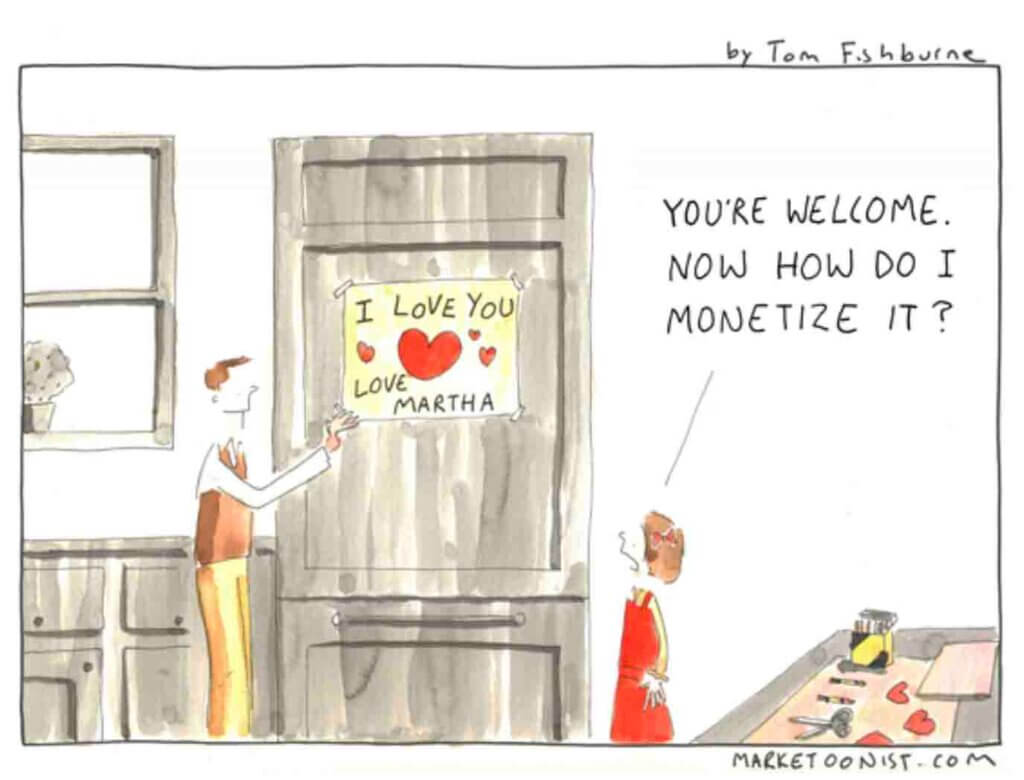
“Are you monetized yet?”
“How much money are you making?”
A billion dollar question – frequently asked these days to start-ups. The most important vertical, and the most arduous task, as numerous businesses are continuously adapting their models and exploring innovative avenues for generating revenue. Especially, when facing a commoditized, hyper-competitive category – revenue generation is becoming an unattainable aspiration.
What is it that customers look at, before they buy anything?
They care about the outcome and the value they get from paying you money. The higher the value, the more they’re willing to pay you.
But how do customers evaluate the value?
Well, each customer type evaluate value differently, that can encompass many factors: how useful or innovative your products are, the required level of effort for attaining their needs, the success of their interactions with you etc. Alex Hormozi, the author of book $100M Offers, has put together the formula for value as

Where:
- Dream Outcome: What I want.
- Perceived Likelihood of Achievement: What I believe to be true is what counts.
- Time Delay: How long will it take to get it delivered?
- Effort and Sacrifice: What do I have to do?
Customers want their dreams to come true immediately and with minimum effort. If you can guaranteethis, they will happily give you a lot of money.
While denominator factors (time delay & efforts) are logistical in nature, the true value evaluation happens in what customers want and the perception of its achievement (suddenly, it will become crystal clear advertising is all about maximizing value).
How do customers perceive value?
Perceived value is a customer’s perspective on a product, shaped by their perception of its associated costs (denominator) and benefits (numerator). This includes whether it meets their needs and expectations, how it compares to alternatives, and its quality.
Customers, besides comparing the product features, also consider its potential value on three levels:
- Physical. What does your product feel like? Does it look good? Is it the right color?
- Logical. Do I really need this? How will it help improve my life? Will it save me time? What do I stand to lose by not buying it?
- Emotional. How does this product make me feel? Will I be happier, less stressed, more attractive, etc.? Will this elevate my social status? How will I feel if I don’t buy this product?
This is how customers decide whether your product not only fits their needs, but meets/exceeds their expectations. But there should be a need (or a want) existing.
In digital ecosystem, let’s try to understand what customers need/want and how they attempt to achieve it, (and value it).
What customers want/need when they come online?
Use case 1: Customers are coming online to solve their specific problem.
When customers have a specific problem, they come online to either seek the solution or they have solution in mind & come online to get the solution. In 1st case, they are not focussed on any product to be bought, but looking for a solution – that may result in a product purchase or digital subscription etc. In 2nd case, customers know the problem and its solution, they come to get it (purchase a product or a service).
Use case 2: Customers are coming online to seek some information.
Customers here don’t have any specific problem, but they do look forward to learn something new every other day. They seek information either to quell their curiosity or to educate themselves.
Use case 3: Customers are coming online to entertain themselves.
Many times, customers are bored and they are just looking at random things online – just to entertain themselves. Quite often, there is a willingness to pay, if customers get their choice of entertainment in the way they want it.
In each of above use cases, there can be a customer willingness to pay as per they evaluate the value out of it. Understanding the use cases you’re solving for, is the first step to building a monetization model.
What is a monetization model?
Monetization is the process of creating revenue. It is usually the way we think about how the companies or start-ups can be compensated for their efforts. For example, a blogger might monetize a blog with ads or affiliate products. Social media companies monetize their users’ data instead, giving the users a free experience but charging companies to put ads in front of viewers. Ecommerce companies monetize with transactions on its site. Gaming publishers with freemium or in-app purchases whereas OTT with subscriptions.
A monetization model shows how you deliver value to your customers and what trade-offs you take while doing so. It includes how much you charge, how often, what for, and how the price scales over time for a specific use case.
How to decide the right monetization model?
That purely depends on which use case(s) you’re solving for, and who are the users you’re targeting.
Let’s take an example of following use-case:
“User is looking for solution to avoid stress happening due to demanding working hours.”
Let’s try to solve the above use case with following elements that each use-case has (but widely varied):
1.Problem: What is distinct problem customers trying to solve?
There is specifically defined problem for use case #1 where customers have clear cut intent. Whereas the problem is highly ambiguous in use case #3 where customers have very low or no intent of anything (they are many times randomly surfing).
In above example use-case – dream outcome is to get the most efficient stress-buster. There might be no clear solution when user came online, but options could be meditation, exercise, books, music, videos etc.
2. Users: Who is the user segment you’re targeting?
Same solution can solve different problems for different users or different solutions can be applied to same problem for different users. The important insight is that each user segment has different
– Expectations
– Willingness to pay
– Willingness to commit
This talks about the denominator factors of value formula mentioned above i.e. for how much time customer can wait to get the solution delivered, with how minimal the efforts can be from customers side.
In above example use-case – user expectations could be following:
– Minimal time spent
– Highly personalized
– Quick delivery
3. Alternatives – What are options to solve the given problem for a given user segment?
If the problem is not 1st of its kind, customers might be using alternatives in an attempt to solve their current problem. Now they are seeking the efficiency of each alternative and filling the gap what they are missing in the currently used solutions.
In above example use-case – each alternative customers might be using possibly has a pain-point that is pushing them to seek another solution. E.g. user might be taking meditation classes as a stress-buster but not able to get satisfied as desired.
Here, the new solution needs to have the “attractive value proposition” that gives the perceived likelihood of achievement.
Value delivery code: “Make offer so good, people feel stupid saying no”
To create value, create your offer so good that customers would feel stupid saying no to it.
To create a great offer (and charge the best price possible), let’s understand the details of value formula (mentioned above):
1. Identify Dream Outcome: When thinking about the dream outcome, you need to determine what your customer experiences when they experience the solution.
2: List the Problems Encountered: Think of all the problems that prevent them from achieving their outcome.
3: List the Problems as Solutions: Transform the problems into solutions by determining what is needed to solve each problem.
Once you list all the solutions to all the possible problems (obstacles) that customers may encounter, next step is the delivery of solutions as per its priority so that the value to the customers can be delivered at the best price possible.
Let’s take the example we mentioned above i.e.: “
User is looking for solution to avoid stress happening due to demanding working hours.”
1) Dream outcome: to get the most efficient stress-buster.
2) List problems:
- No good options
- Breathing techniques not working out
- Need quicker delivery (meditation takes time)
- No side effects (drugs have side effects)
- No time to go out (gym or yoga classes or massage parlour)
- Need right playlist as per the mood (music or videos library not matching)
- Should be healthy (no to ice-cream or junk food etc)
- Should be enjoyable (at home exercises are boring)
3) List solutions to problems:
- No good options → what are the unexplored options?
- Breathing techniques not working out → what is the current technique being used? How to correct it?
- Need quicker delivery (meditation takes time) → how to make meditation more efficient, with minimal efforts?
- No side effects (drugs have side effects) → what are unexplored options with no side-effects?
- No time to go out (e.g. gym or yoga classes or massage parlour) → what are unexplored options to be done at home?
- Need right solutions as per the mood (music or videos library) → how to create on-choice playlist?
- Should be healthy (no to ice-cream or junk food etc) → what are unexplored healthy options?
- Should be enjoyable (at home exercises are boring) → how to make at home exercises more enjoyable?
Once you identify the list of possible solutions, next step is define what you can deliver at the minimal cost and maximum benefit. Start with basic solutions to solve the high-level problem. Then look at why this audience would choose your solutions over alternatives. The goal is “to find a sweet spot where you sell something very well that’s also easy to fulfil.”
Value vs Price Matrix
What’s the actual price-point you should charge?
To ensure that you are not either under-charging (leaving money on the table) or over-charging (probably scaring customers off), lets understand the elements of monetization model framework:
- What (what do you charge for?)
- Scale (how does the price scale?)
- Price (what’s the actual price-point you charge?)
- Timing (when and how often do you ask users to pay?)
1) What:
After you decide what are the solutions you are going to provide to your customers (set of features or functionalities or services), next step is to decide how the customers will interact with your product and get all the solutions delivered as desired by them.
2)Scale:
The next step is to understand how the price is going to scale.
There are three ways to scale the price:
- Features (the more features you get, the more you pay)
- Usage (the more you use the product, the more you pay)
- Outcome (the more value you get, the more you pay)
Ideally, the price should scale as the perceived value for the audience scales.
3)Price:
Now it’s time to answer how much you charge per unit of your value metric. Start by understanding your audience’s willingness to pay for the features you deliver. Make sure the price you charge is aligned with your audience’s willingness to pay and why they’d choose your offering over the alternatives available.
4) Timing:
The last question is to decide when to charge the customer. Is it going to transactional or recurring. What should be the frequency of payment – daily, weekly, monthly, yearly etc.
Eventually, price vs value becomes the matrix of “elements of monetization model” vs “customer use cases”. Multiple use-cases can have single monetization model or single use-case can have multiple monetization model.
For example: Amazon shopping has subscription model for use-case “I want my favourite items to be delivered on a recurring basis”, whereas it has express delivery fee model for use-case “I need an item delivered to me as soon as possible”.
Various other popular types of monetization models are:
- Memberships
- Freemium
- Ads Only
- Ads + In-App Purchases
- Subscriptions
- Ads + Subscriptions
- Courses
- Products / Services(ecommerce)
- Data monetization
- Crowdfunding
Remember: People want their dreams to come true immediately and with minimum effort. If you can guarantee this, they will happily give you a lot of money.
References:
“$100M Offers: Finding Balance How To Make Offers So Good People Feel Stupid Saying No” by Alex Hormozi
blog.logrocket.com/product-management/a-guide-to-monetization-models/#1problemwhatisthedistinctproblemyouaresolving
Image: marketoonist.com/2010/12/monetize-it.html
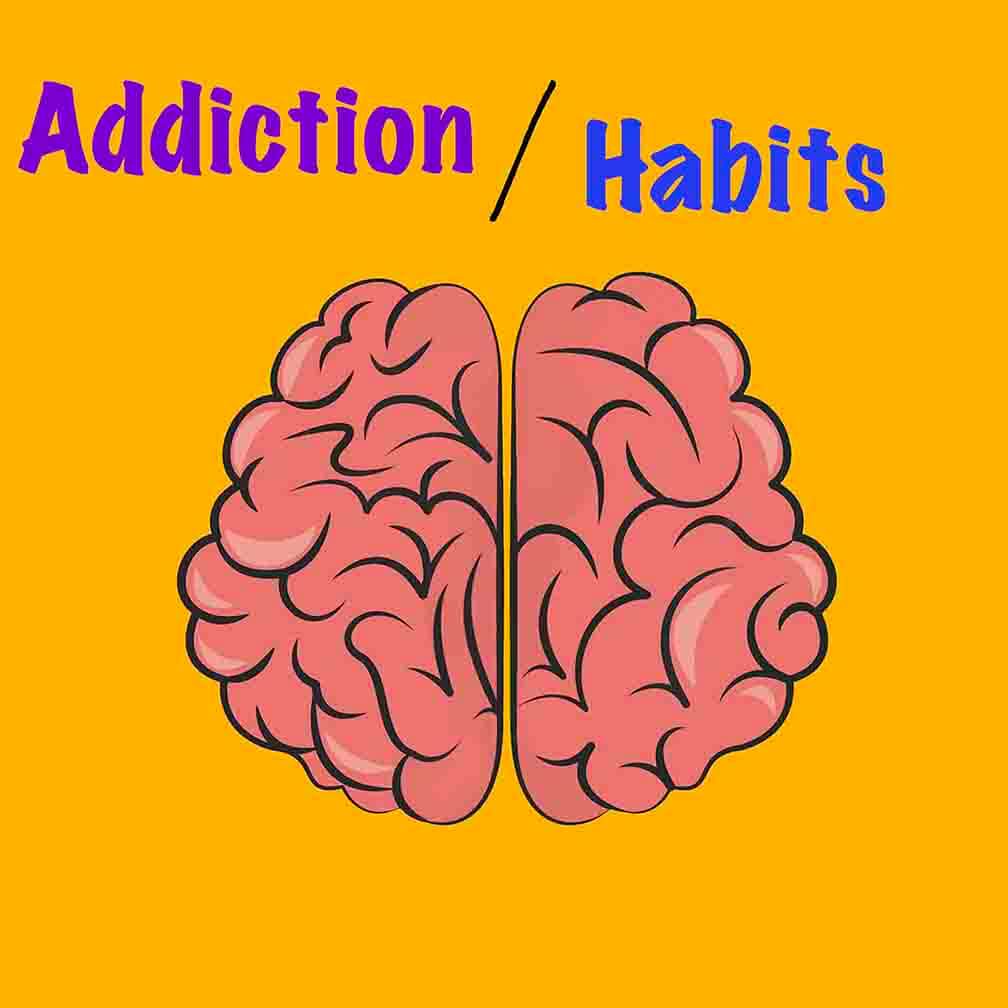
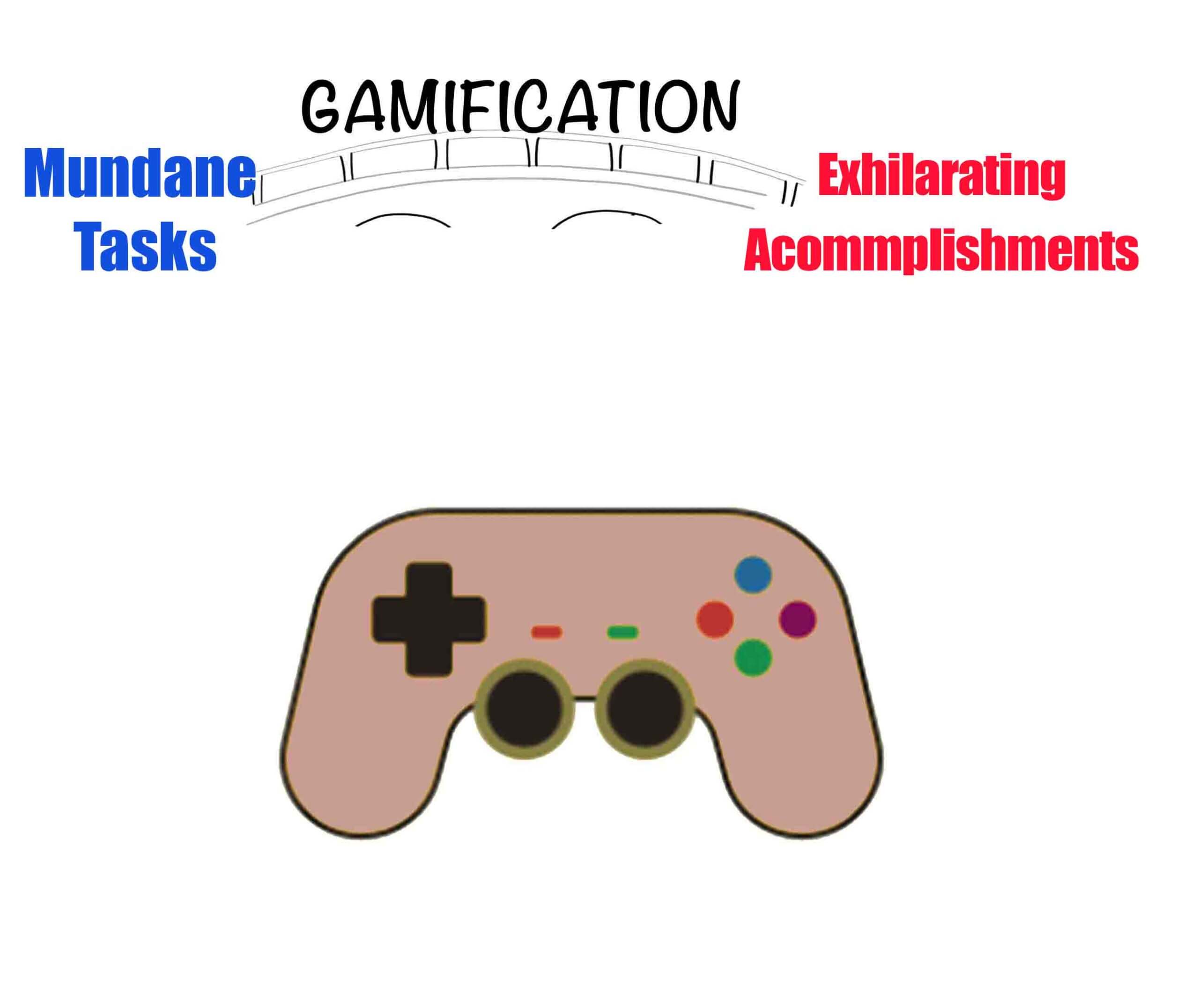
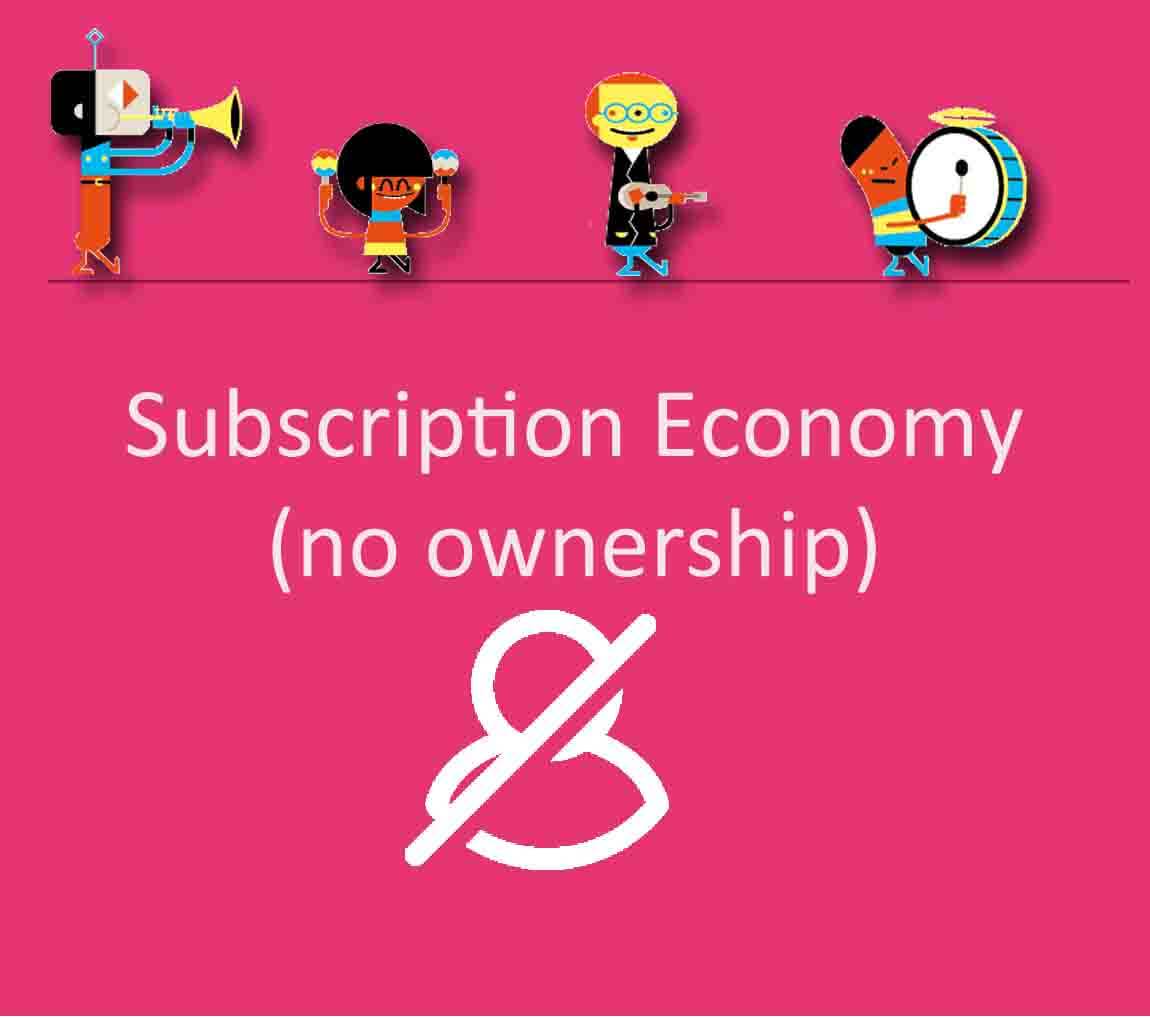

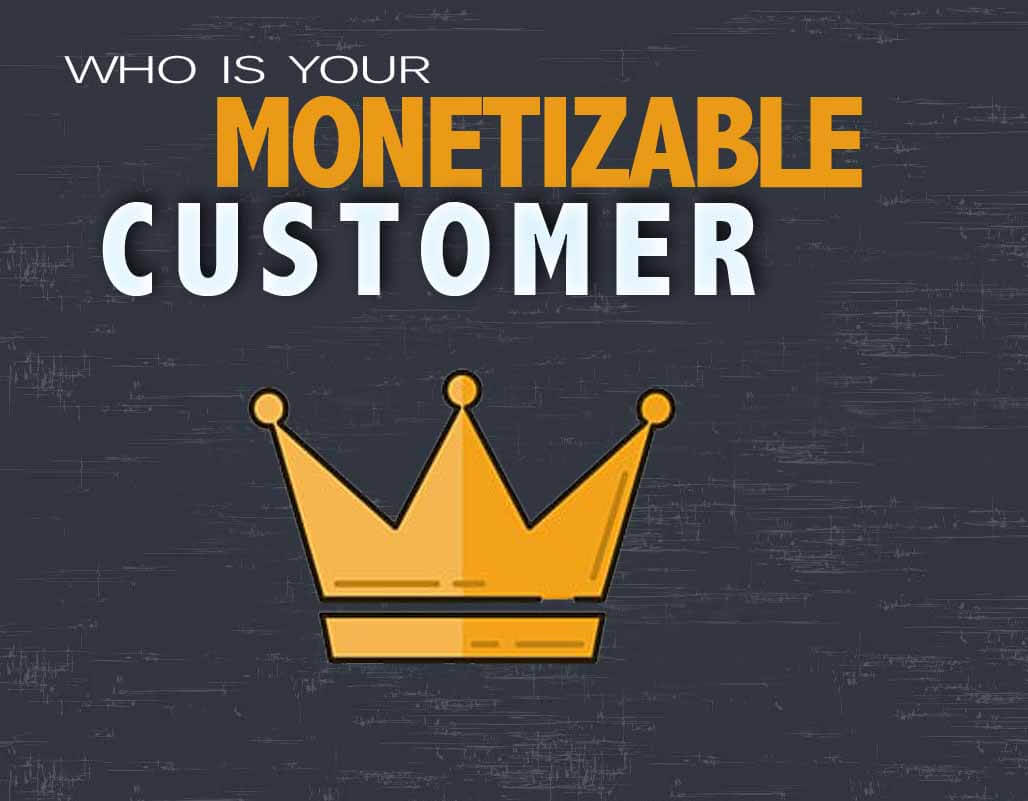
 Swipe for more stories
Swipe for more stories
Comments